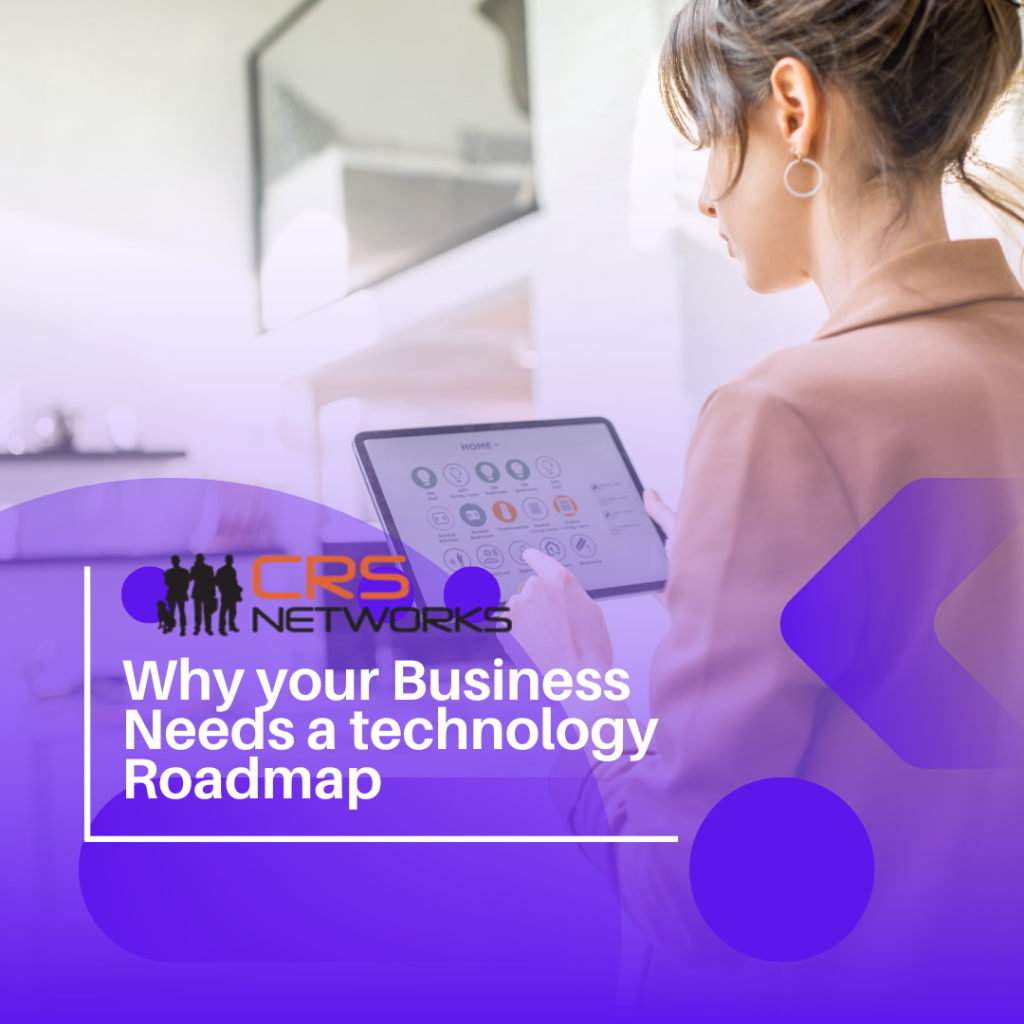In today’s fast-paced digital landscape, businesses that don’t adapt risk falling behind. Imagine a retail company grappling with outdated systems, inefficient workflows, and missed opportunities to connect with customers. Without a clear plan, technology investments become disjointed, and growth stalls. Enter the technology roadmap — a strategic tool designed to align IT investments with business goals and keep your organization ahead of the curve.
What Is a Technology Roadmap?
A technology roadmap is a strategic guide that outlines your organization’s technology initiatives, their timelines, and how they align with business objectives. Think of it as a blueprint that:
- Identifies current technology assets and gaps.
- Aligns IT strategies with broader business goals.
- Plans for future technology investments and upgrades.
- Ensures all stakeholders have a clear understanding of the direction and priorities.
Why Your Business Needs a Technology Roadmap
A technology roadmap isn’t just about keeping up with trends; it’s about staying ahead by:
- Aligning IT Investments with Business Goals: A well-crafted roadmap ensures that every dollar spent on technology contributes directly to achieving your organization’s objectives.
- Enhancing Operational Efficiency: By identifying and addressing system inefficiencies, a roadmap improves productivity and reduces downtime.
- Facilitating Scalable Growth: As your business grows, a roadmap ensures your technology infrastructure evolves to support that growth.
- Mitigating Risks: Proactively planning for upgrades, compliance needs, and security measures reduces the risk of costly disruptions.
How to Build a Technology Roadmap
Creating a technology roadmap requires a strategic approach. Here’s a simple framework:
1. Assess Your Current State
- Conduct a comprehensive inventory of your existing technology.
- Identify strengths, weaknesses, opportunities, and threats (SWOT analysis).
2. Define Business Goals
- Engage stakeholders to understand short- and long-term business objectives.
- Prioritize goals to focus on what matters most.
3. Identify Technology Needs
- Match technology capabilities with business goals.
- Identify gaps that need addressing, such as outdated software or emerging tools that could drive efficiency.
4. Develop an Action Plan
- Prioritize initiatives based on impact, cost, and timeline.
- Create a timeline with milestones for each initiative.
5. Monitor and Adjust
- Schedule regular reviews to track progress and adapt to changing business needs.
- Incorporate feedback from stakeholders to ensure alignment.
CRS Networks Case Study: Turning Vision into Reality
When a mid-sized manufacturing company approached CRS Networks, they were struggling with outdated systems and no clear strategy for IT investments. By partnering with us, they developed a comprehensive technology roadmap that:
- Streamlined operations with integrated software solutions.
- Improved security with advanced threat detection tools.
- Positioned the company for growth with scalable cloud infrastructure.
Within six months, the company saw a 25% improvement in operational efficiency and significant cost savings.
Ready to Build Your Technology Roadmap?
CRS Networks specializes in helping businesses like yours navigate the complexities of technology planning.
Take the Next Step
Are you ready to align your technology with your business goals? Contact CRS Networks for a consultation today and discover how a tailored technology roadmap can drive your success.
Let’s build the future of your business, together.
